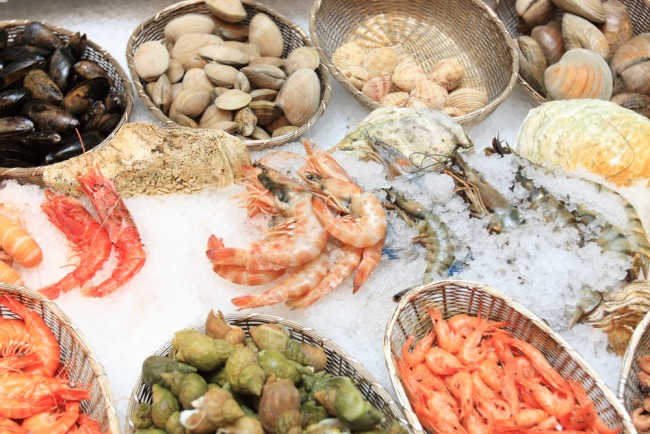Recognize The Symptoms and Foods Trigger Seafood Allergy
Seaweed or seafood contains many proteins that can meet the nutritional needs of the body. However, this type of food can trigger an allergic reaction in some people. Seiko allergy reactions can arise from mild to very serious and require immediate medical help.
Although most allergies start during childhood, seafood allergies can also arise in adulthood. In fact, there is a possibility can arise suddenly after eating certain seafood that previously did not cause allergies. This allergic reaction usually appears within minutes or hours after eating seafood.

Signs of Allergy Seafood Allergy
Allergies seafood is an abnormal or excessive reaction of the immune system to proteins contained in certain seafood. These allergy symptoms can be:
- The skin feels itchy and dry (eczema).
- Stomachache, diarrhea, nausea, and vomiting.
- Nose congestion, wheezing, and shortness of breath.
- Swelling of the lips, face, tongue and throat.
- The head feels dizzy, even unconscious.
Under certain conditions, allergic reactions can be very serious and can endanger the lives of sufferers, called anaphylactic shock. This allergic reaction is an emergency condition and should be treated promptly in hospital.
Severe allergic reactions are characterized by several serious symptoms, including:
- breathing.
- Drastic blood pressure drop.
- Anaphylactic shock.
- Headache to loss of consciousness
Common Seafood Types Become Allergic Triggers
Some people just feel an allergic reaction after eating one type of seafood, such as shell or shrimp only. However, some others can immediately experience allergies after eating seafood, any kind. If you have a seafood allergy, be wary of some of these seafood types: Shrimp
How to Prevent Seafood Allergies
The best way to prevent seafood allergy is to avoid seafood consumption or to be around a seafoooded location. Here are some ways to prevent seafood allergy symptoms from showing:
- Reading packaging labels Food or drug products can be contaminated with seafood substances during production. Always always read the packaging label, whether the product will be consumed containing seafood.
- Finding out foodstuffs To prevent seafood allergy, there is no harm in asking the food that is ordered when eat in the restaurant. Make sure, too, whether cooking utensils used for cooking seafood are the same as other foods.
- Keep your distance with seafood
Avoiding seafood processing or seafood can help prevent seafood allergies. Because, some people who have seafood allergy can easily experience allergies when close to seafood. Among other things because it comes into contact with seafood or inhaling steam seafood cuisine.
If necessary, check with your doctor to confirm the seafood allergy suffered and the possibility of food allergy triggers. As far as possible avoid these types of foods. If you feel the symptoms of seafood allergy, you should see your doctor immediately for proper treatment.